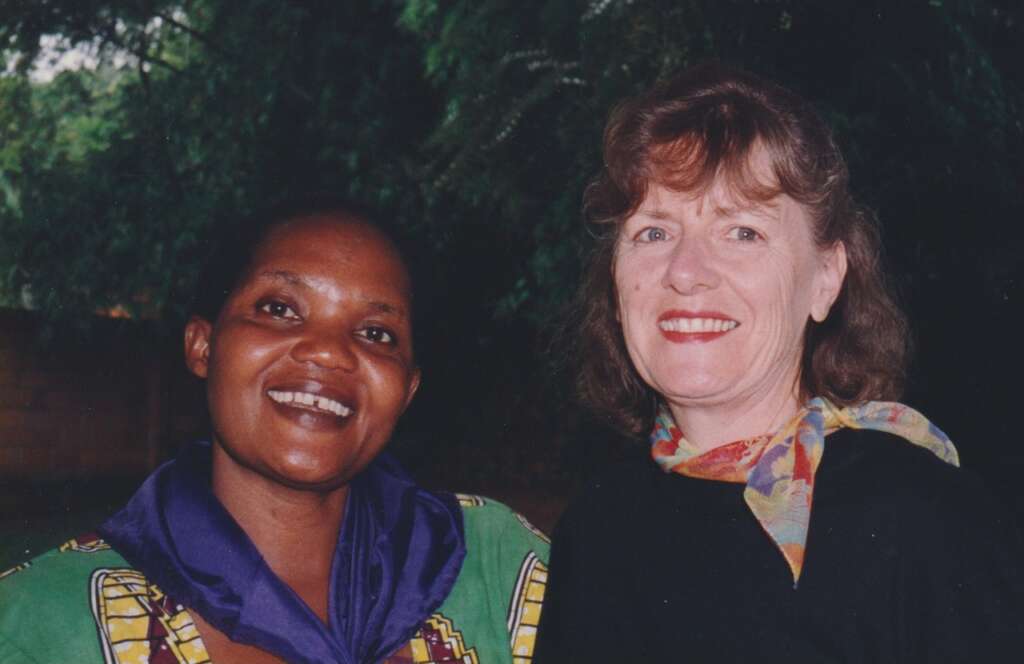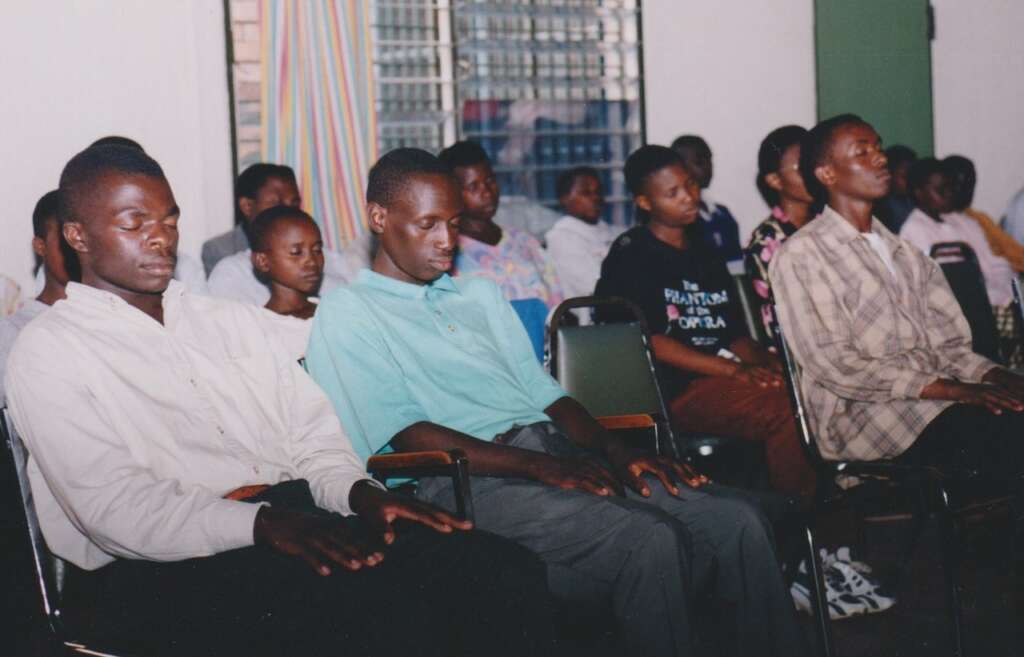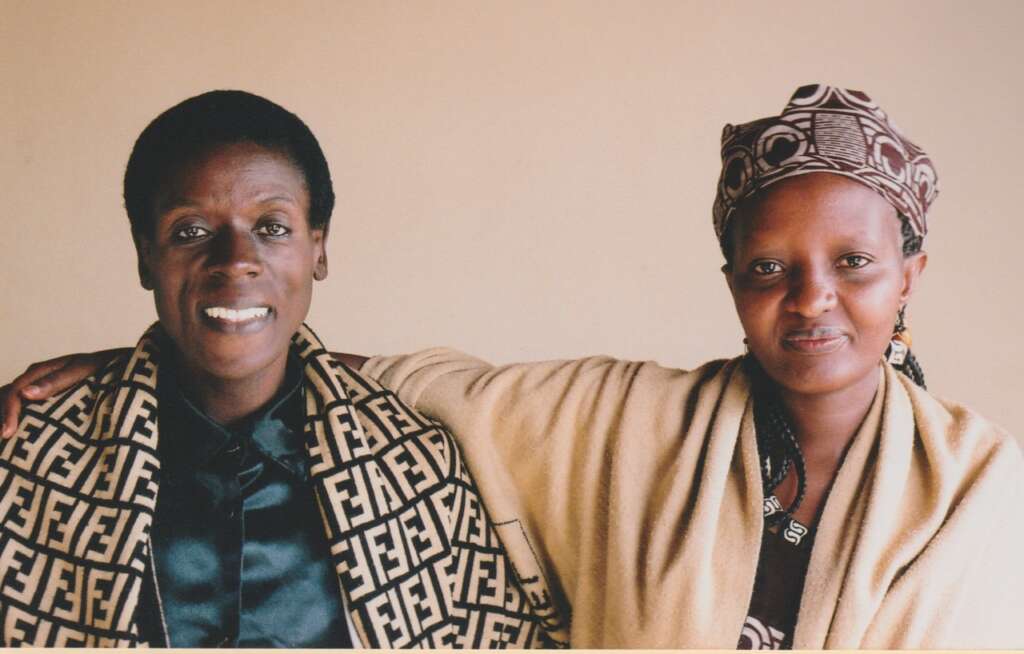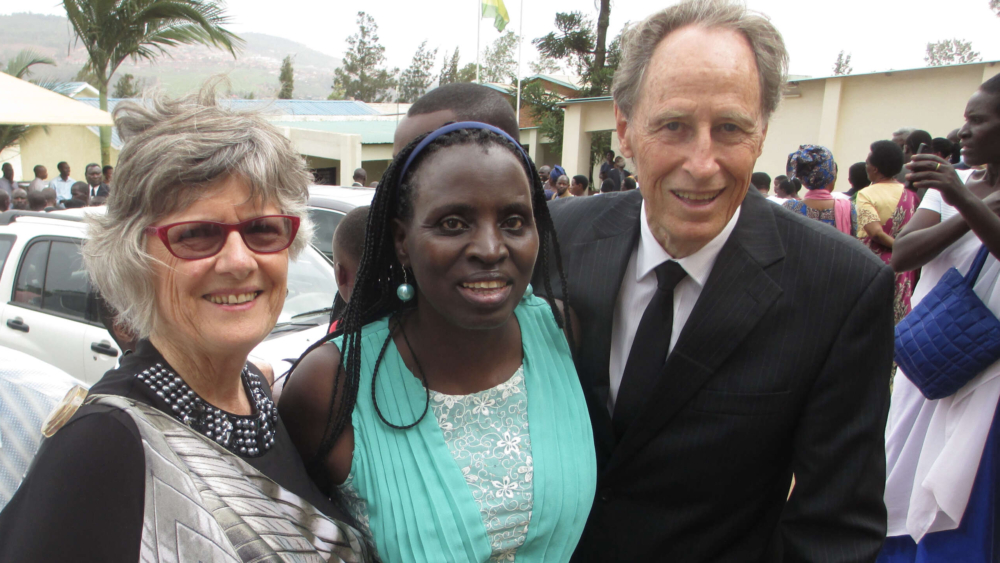Peace-builder and author John Steward describes the internal and external healing that happened in Rwanda as he and his wife Sandi practised prayerful meditation and contemplation.
When World Vision sent Sandi and me to Rwanda in February 1997, it seemed like Mission Impossible. In the wake of the 1994 Rwandan genocide, in which armed Hutu militias killed members of the Tutsi minority ethnic group, my assignment was “to find ways of responding to trauma and promoting healing”.
Two million Rwandans had just returned from two years in exile in nearby countries to which they had fled in fear of reprisals at the end of the genocide. The country was in turmoil.
On the day of our arrival, the director of World Vision warned me not to initiate anything for three months but just to visit the areas where the charity was working, talk to the people and get to understand all they had suffered.
We felt the tension and weight of horror that cloaked the people as the third anniversary of the start of the genocide approached, stirring up deep hurts. We became listeners – receivers of stories, dark and gruesome. The men came to my office; the women visited Sandi at our unit. Before our 6pm daily curfew, Sandi and I walked the surrounding streets, sharing our day.
We chose to sit quietly, focus on our breathing and let the difficult moments surface.
Hideous, bewildering stories, full of fear and hopelessness, were being injected into our mental bloodstream. Nothing in our fast-tracked preparation prepared us for the shocks. What could we do to steady ourselves?
Months previously, Sandi had been taught a form of relaxation meditation that helped her find relief for back pain. I had been taught mental relaxation before producing training videos. We chose to sit quietly, focus on our breathing and let the difficult moments surface, and consciously give the images and thoughts to God.
We practised our approach without knowing what to expect, but a sense of peace emerged that freed us for sleep. Each morning, we awoke ready to face the new day.

Sandi Steward, right, with Grace in Rwanda.
Some weeks later, as I walked into my office, a colleague grabbed my wrists, looked into my eyes and asked: “John, what is wrong with you?” Nonplussed, I asked him to explain. “Here we are in this place of demand and danger, chaos and death, and I see you calmly walk into the office every day full of peace as if nothing is wrong with the world. How can you possibly do that?”
Something was changing within me. To be a peacemaker, I must first be at peace in myself. I began to explore this inner peace that had begun to seep out of me. With time I developed an openness to face the unknown, a new gentleness of heart, a trust of others and compassion with their losses.
To be a peacemaker, I must first be at peace in myself.
Sandi also discovered a new internal stability. We realised that our quiet sitting in faith and trust was like holding a pearl of great value, reaching the deepest parts of our being. We continue the practice to this day.

Rwandan youth meditate, 2001.
After the three months of ‘just listen’ were up, I decided to assist a local area with funds towards an underground crypt where bodies from the genocide would be kept in an honourable way. It was aimed at keeping the memory of the genocide alive.
My second decision was accepting that I could not directly contribute to healing in Rwanda. Only Rwandans could do that work, but I could mentor and enable them. I recruited four Rwandans, two women and two men, who had begun their healing journey and were open to interacting with others regardless of identity issues. Together, we developed a vision for our work. The team went to the communities while I did the administrative work and mentored them in planning, problem-solving, and managing goals. I also raised funds towards their work.
As they heard the many stories, so very much like their own experiences, the staff battled between response and resistance. We found a few willing to look at their need to change, so Sandi taught them the principles of contemplative prayer and coached them in the practice. Each staff member was then free to adopt their own form of self-care.

Hutu & Tutsi working together for peace
As Sandi did this work at our unit, our cook, Grace, listened and imbibed the principles. On a subsequent visit to Rwanda, I met Grace, who excitedly told me that after Sandi taught her meditation, she taught it to 30 other adults at her church, and then the youth. She was also meeting regularly to practise meditation with a very busy friend.
People who experience difficult times struggle to be openhearted and courageous enough to focus on themselves. But the choice to first care for their own need of recovery often opens the door to boldly inviting the ‘other’ to face their change.
Jesus said, “Blessed are the peacemakers, for they will be called children of God” (Mat.5:9). All peace begins when two parties are in dialogue with each other.
John Steward outlines three approaches to healing his Rwanda team created in his book, From Genocide to Generosity. He has also documented the significant healing expertise developed in Rwanda in a study guide, Alive to Love, in which Rwandans who have been healed now become our teachers. The course is run twice a year online. If interested, email John on [email protected]


